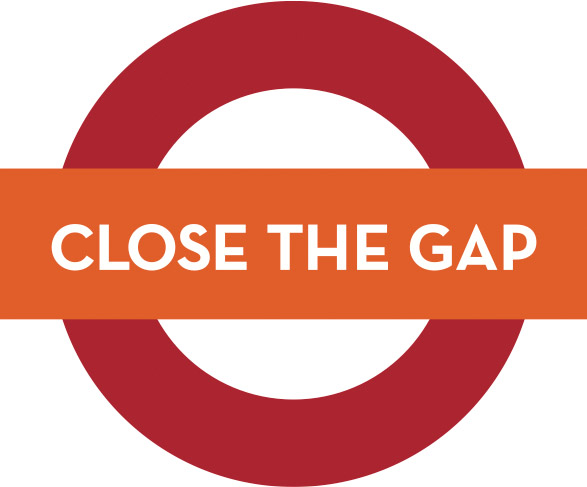- Home
- Medical news & Guidelines
- Anesthesiology
- Cardiology and CTVS
- Critical Care
- Dentistry
- Dermatology
- Diabetes and Endocrinology
- ENT
- Gastroenterology
- Medicine
- Nephrology
- Neurology
- Obstretics-Gynaecology
- Oncology
- Ophthalmology
- Orthopaedics
- Pediatrics-Neonatology
- Psychiatry
- Pulmonology
- Radiology
- Surgery
- Urology
- Laboratory Medicine
- Diet
- Nursing
- Paramedical
- Physiotherapy
- Health news
- Fact Check
- Bone Health Fact Check
- Brain Health Fact Check
- Cancer Related Fact Check
- Child Care Fact Check
- Dental and oral health fact check
- Diabetes and metabolic health fact check
- Diet and Nutrition Fact Check
- Eye and ENT Care Fact Check
- Fitness fact check
- Gut health fact check
- Heart health fact check
- Kidney health fact check
- Medical education fact check
- Men's health fact check
- Respiratory fact check
- Skin and hair care fact check
- Vaccine and Immunization fact check
- Women's health fact check
- AYUSH
- State News
- Andaman and Nicobar Islands
- Andhra Pradesh
- Arunachal Pradesh
- Assam
- Bihar
- Chandigarh
- Chattisgarh
- Dadra and Nagar Haveli
- Daman and Diu
- Delhi
- Goa
- Gujarat
- Haryana
- Himachal Pradesh
- Jammu & Kashmir
- Jharkhand
- Karnataka
- Kerala
- Ladakh
- Lakshadweep
- Madhya Pradesh
- Maharashtra
- Manipur
- Meghalaya
- Mizoram
- Nagaland
- Odisha
- Puducherry
- Punjab
- Rajasthan
- Sikkim
- Tamil Nadu
- Telangana
- Tripura
- Uttar Pradesh
- Uttrakhand
- West Bengal
- Medical Education
- Industry
'Increasing number of healthcare professionals top priority'-NATHEALTH

New Delhi: India faces a shortfall of two million doctors and four million nurses for its population and therefore increasing the number of healthcare professionals has to be a top priority for the country, according to the healthcare representative body, NATHEALTH.
Improvement and advances only in medical technology is insufficient for improving the quality of service delivery as India's doctor-to-population ratio is at an abysmal 0.65 per 1,000 as against WHO benchmark of 2.5, it added.
"Currently, there is a shortfall of nearly two million doctors and four million nurses in the Indian healthcare system. The doctor-to-population ratio of India is an abysmal 0.65 per 1,000," NATHEALTH Secretary General Anjan Bose said.
He further said that the biggest paradox in Indian healthcare is its very large differences in deliverables.
"On the one hand, we have some of the 'best in class' healthcare delivery systems which can even attract medical tourists from all over the world, largely because of the lower costs involved.
"There is a huge demand-supply gap in making quality healthcare accessible and affordable to the masses," Bose said.
Commenting on the huge gap in the number of healthcare professionals, NATHEALTH President Sushobhan Dasgupta said: "Increasing the number of healthcare professionals is a top priority for the country. Healthcare as a sector is largely dependent on information and manpower."
Improvement and advances only in medical technology is insufficient for improving the quality of service delivery, he added.
Stating that India still imports 80 per cent of its medical technology, Bose said: "With judicious plans and efficient implementation, the private sector and government need to work hand in hand as one collaborative team to make further progress and make India one of the global hubs of innovation and manufacturing in healthcare, particularly medical technology." AKT RKL STS
Improvement and advances only in medical technology is insufficient for improving the quality of service delivery as India's doctor-to-population ratio is at an abysmal 0.65 per 1,000 as against WHO benchmark of 2.5, it added.
"Currently, there is a shortfall of nearly two million doctors and four million nurses in the Indian healthcare system. The doctor-to-population ratio of India is an abysmal 0.65 per 1,000," NATHEALTH Secretary General Anjan Bose said.
He further said that the biggest paradox in Indian healthcare is its very large differences in deliverables.
"On the one hand, we have some of the 'best in class' healthcare delivery systems which can even attract medical tourists from all over the world, largely because of the lower costs involved.
"There is a huge demand-supply gap in making quality healthcare accessible and affordable to the masses," Bose said.
Commenting on the huge gap in the number of healthcare professionals, NATHEALTH President Sushobhan Dasgupta said: "Increasing the number of healthcare professionals is a top priority for the country. Healthcare as a sector is largely dependent on information and manpower."
Improvement and advances only in medical technology is insufficient for improving the quality of service delivery, he added.
Stating that India still imports 80 per cent of its medical technology, Bose said: "With judicious plans and efficient implementation, the private sector and government need to work hand in hand as one collaborative team to make further progress and make India one of the global hubs of innovation and manufacturing in healthcare, particularly medical technology." AKT RKL STS
Meghna A Singhania is the founder and Editor-in-Chief at Medical Dialogues. An Economics graduate from Delhi University and a post graduate from London School of Economics and Political Science, her key research interest lies in health economics, and policy making in health and medical sector in the country. She is a member of the Association of Healthcare Journalists. She can be contacted at meghna@medicaldialogues.in. Contact no. 011-43720751
Next Story


